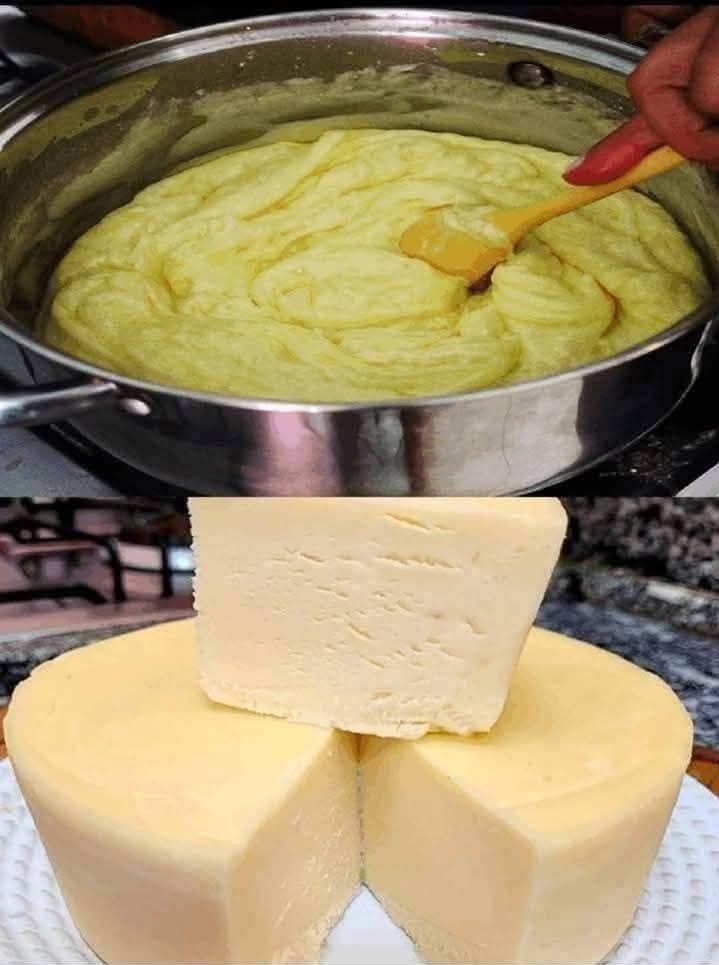ADVERTISEMENT
ADVERTISEMENT
ADVERTISEMENT
Delicious Homemade Cheese: A Step-by-Step Guide
Introduction
Making homemade cheese is an incredibly rewarding process that allows you to create fresh, flavorful cheese right in your kitchen. Whether you’re a beginner or an experienced home cook, crafting your own cheese ensures quality, purity, and a taste that store-bought versions can’t match. From simple soft cheeses to aged, complex flavors, this guide will walk you through everything you need to know to make delicious homemade cheese at home.
If you’re interested in exploring the science behind cheese-making, check out The Science of Cheese to understand how milk transforms into cheese.
Additionally, learning about different cheese cultures can enhance your homemade creations. Cultures for Health provides an excellent overview of starter cultures and fermentation techniques.
Why Make Cheese at Home?
- Control over ingredients – No preservatives or artificial additives.
- Freshness and flavor – Enjoy cheese at its peak taste.
- Cost-effective – Homemade cheese is often cheaper than store-bought options.
- Customization – Experiment with flavors, textures, and aging processes.
- Fun and rewarding – A great activity for food lovers and hobbyists.
Essential Tools and Ingredients
Tools You’ll Need:
- Large stainless steel pot – Avoid aluminum, which reacts with acids.
- Cheese thermometer – Ensures precise temperature control.
- Cheesecloth or butter muslin – For straining and draining.
- Colander – To separate whey from curds.
- Cheese mold – Shapes and firms the cheese.
- Ladle and slotted spoon – Helps gently handle curds.
- Aging rack (for aged cheese) – Allows proper air circulation.
Key Ingredients:
- Milk – Use high-quality, non-ultra-pasteurized milk for best results.
- Rennet – Essential for coagulation.
- Cheese cultures – Determines flavor and texture.
- Salt – Enhances taste and acts as a preservative.
- Calcium chloride (optional) – Helps with curd formation in pasteurized milk.
Step-by-Step Cheese Making Process
1. Choosing the Right Milk
- Use raw milk for a richer, more complex flavor.
- If using pasteurized milk, avoid ultra-pasteurized versions, as they don’t curdle properly.
- Goat’s milk, cow’s milk, and sheep’s milk each provide unique flavors and textures.
2. Heating the Milk
- Pour milk into a large pot and slowly heat to 85°F-90°F (30°C-32°C).
- Stir gently to prevent scorching.
3. Adding the Culture and Rennet
- Sprinkle cheese culture over the milk and let it dissolve for 2-3 minutes.
- Stir in rennet (diluted in water) using an up-and-down motion.
- Let sit undisturbed for 30-60 minutes until a firm curd forms.
4. Cutting and Cooking the Curds
- Once set, cut curds into 1/2-inch cubes using a long knife.
- Gently stir and gradually heat to 105°F-115°F (40°C-46°C).
- Continue stirring to expel whey and firm up the curds.
5. Draining and Pressing
- Pour curds into a cheesecloth-lined colander.
- Allow whey to drain for 30-60 minutes.
- Transfer curds to a cheese mold and press with 5-10 lbs of weight.
6. Salting and Aging
- Sprinkle with non-iodized salt to enhance flavor and preserve freshness.
- For aged cheese, store at 50-55°F (10-13°C) with proper humidity control.
- Let age for weeks to months, depending on the cheese variety.
Types of Homemade Cheese
Soft Fresh Cheeses
- Ricotta – Light, fluffy, and slightly sweet.
- Mascarpone – Rich and creamy, perfect for desserts.
- Chevre (Goat Cheese) – Tangy and spreadable.
Semi-Soft and Hard Cheeses
- Mozzarella – Mild and stretchy, great for pizza.
- Cheddar – Aged for a sharper, more complex flavor.
- Parmesan – Hard and nutty, ideal for grating.
Common Cheese-Making Mistakes and How to Avoid Them
❌ Using ultra-pasteurized milk – Won’t form curds properly. ❌ Skipping the thermometer – Temperature accuracy is crucial. ❌ Not draining whey properly – Leads to excess moisture and spoilage. ❌ Aging cheese in an improper environment – Causes unwanted mold or drying.
Storage and Preservation
- Soft cheeses – Store in an airtight container in the fridge for 5-7 days.
- Aged cheeses – Wrap in wax paper and store in a cool, humid place.
- Freezing – Some cheeses like mozzarella freeze well, while others may lose texture.
FAQs
How long does homemade cheese last?
Fresh cheeses last a few days to a week, while aged cheeses can last months to years if stored properly.
Can I make cheese without rennet?
Yes! Use lemon juice or vinegar to create acid-set cheeses like ricotta or paneer.
What’s the best milk for cheese making?
Use fresh, raw milk when possible, or non-ultra-pasteurized whole milk.
How do I add flavors to my cheese?
Mix in herbs, spices, or infused oils before pressing or aging.
Final Thoughts
Making homemade cheese is a delightful culinary adventure that rewards you with fresh, flavorful results. Whether you prefer creamy ricotta, stretchy mozzarella, or a sharp cheddar, you’ll enjoy the process of crafting your own artisan cheese. Try it today and take your homemade cheese game to the next level!
Thank you for following me on Facebook & pinterest
for more recipes click here
ADVERTISEMENT

